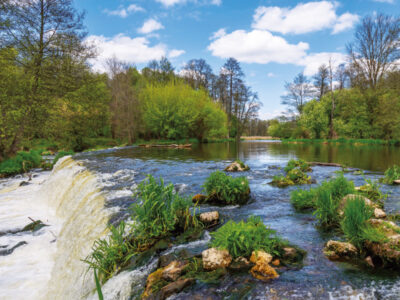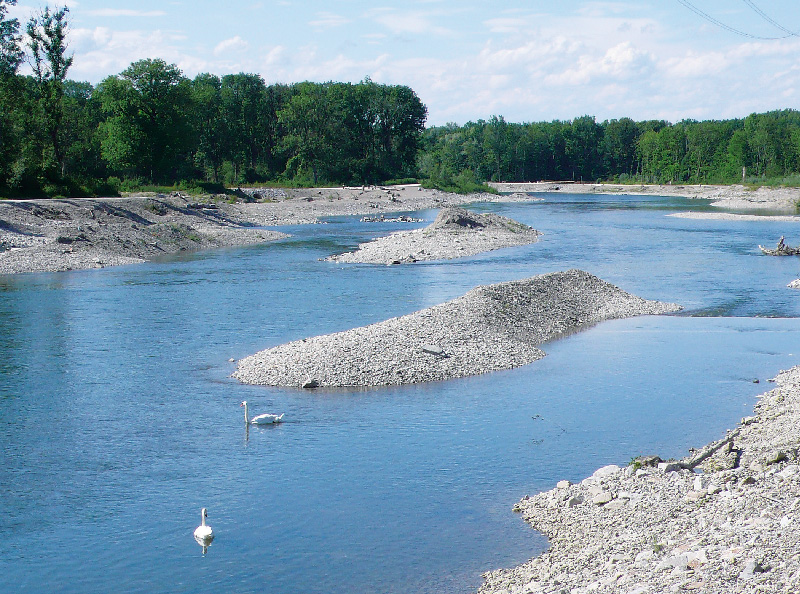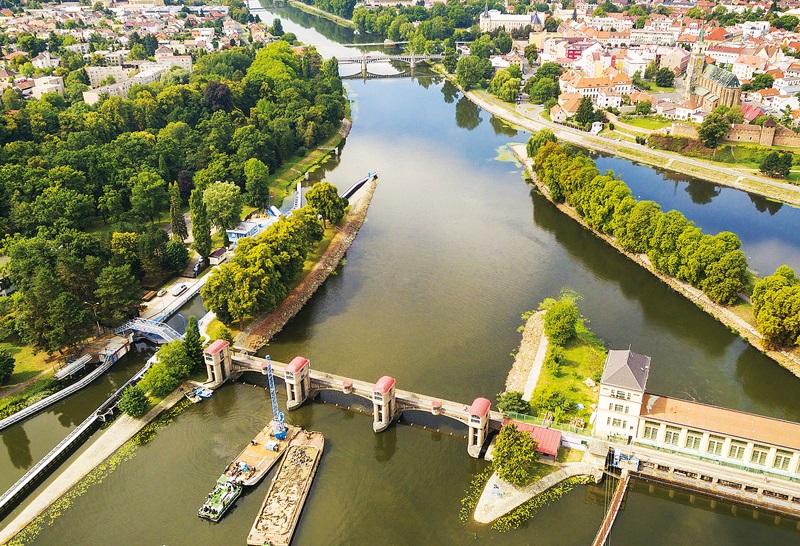Assessment of the hydromorphological status of river water bodies in the Czech Republic using HYMOS methodology
Assessment of the hydromorphological status and its elements (hydrological regime, continuity, morphological conditions) is part of the monitoring of the ecological status of water bodies. Hydromorphology, as a supporting component of biological assessment, has a significant impact on living organisms in aquatic ecosystems. Based on the Ministry’s request, a new methodology for assessing the hydromorphological status of water bodies category rivers (HYMOS) was developed within the TA CR project. This methodology takes into account new requirements and current knowledge in the field of hydromorphology, while also minimizing the drawbacks of previous methodologies, particularly regarding time and cost efficiency in the assessment process.






